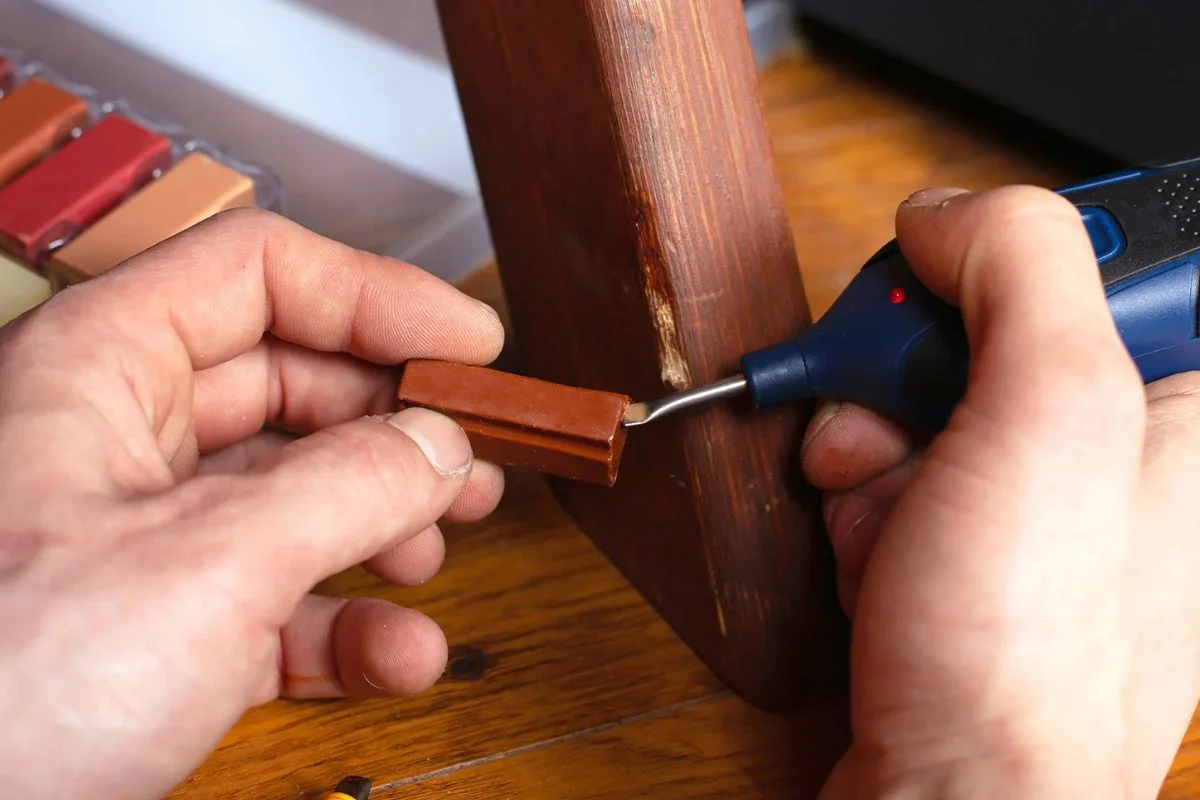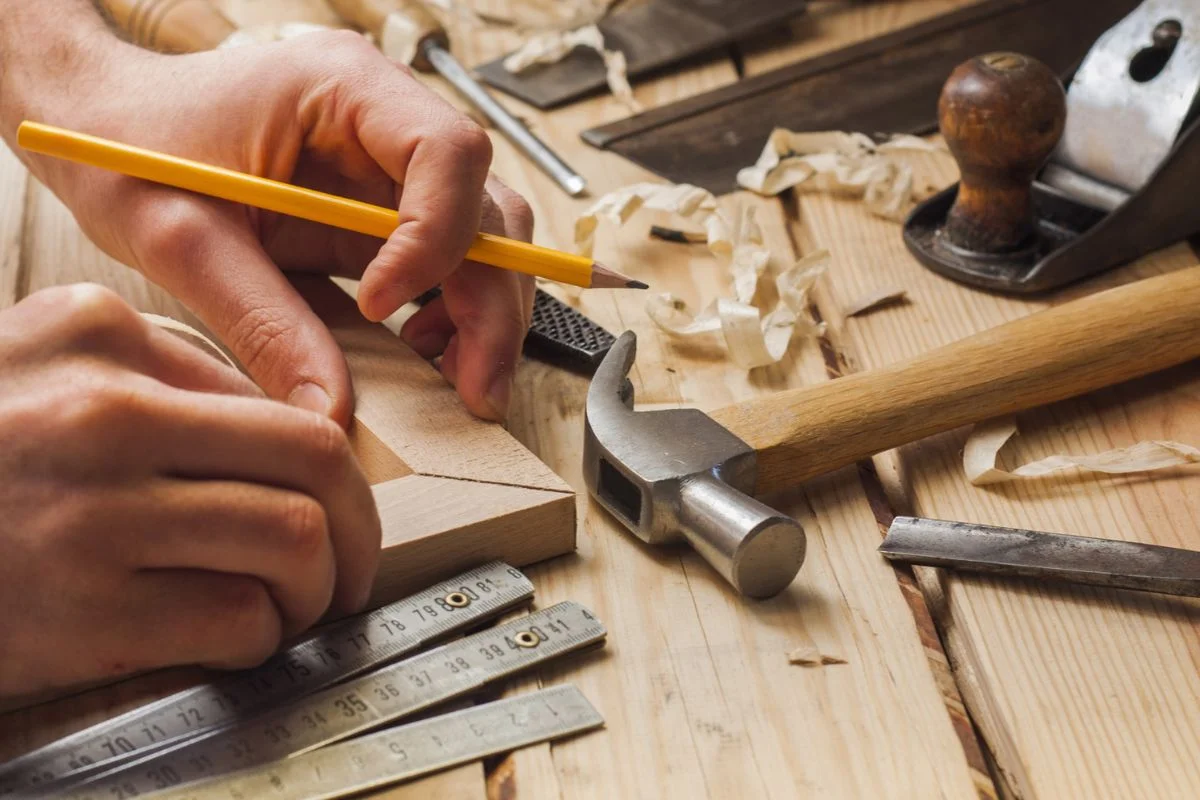
Deciding whether to repair or replace your sofa can be a tough choice. While a damaged sofa might seem like it’s time for an upgrade, there are several factors to consider before making that decision. From the costs involved to the quality and sentimental value of the piece, each aspect can impact whether repairing your sofa is a better option than buying new. This guide will walk you through the key points to help you make an informed decision, ensuring you balance practicality, cost-effectiveness, and personal preference.
Weighing the Costs: Repairing vs. Replacing Your Sofa
When deciding whether to repair or replace a sofa, cost is a critical factor. Repairing might involve expenses like reupholstering, cushion replacement, or frame repair, which can range from $200 to $1,500 depending on the damage and materials. In contrast, buying a new sofa can cost anywhere from $500 to $3,000. It’s essential to compare these costs with the sofa’s original price and quality. Hidden expenses, such as delivery fees or extra fabric, should also be considered. A cost-benefit analysis will help determine if repairing the sofa is financially worth it.
Evaluating Your Sofa’s Condition: Is It Worth Saving?
Before deciding on repair, evaluate the sofa’s overall condition. Start with the frame, as a weak or broken frame can lead to structural issues that aren’t worth fixing. Check the upholstery for tears, stains, or fading—minor wear may justify repair, but extensive damage may require reupholstering. The cushions are another critical factor—if they’ve lost their shape or comfort, you’ll need to replace them, which could add to the repair costs. A thorough condition assessment helps you weigh whether the sofa’s current state justifies the investment in repairs.
When Memories Matter: The Emotional Value of Sofa Repair
Sentimental value plays a significant role in the decision to repair a sofa. Heirloom furniture or a piece that has been part of family milestones may hold personal significance that outweighs the cost. In these cases, the emotional attachment can make repairs more appealing, even if they are expensive. Restoring an old sofa that holds fond memories can be more satisfying than buying a new one, offering the chance to preserve its history. However, consider whether the piece can be restored to a functional, comfortable condition that fits your current needs.
Evaluating Sofa Quality: Is Your Furniture Built to Last
Sofa quality is a critical factor in deciding on repairs. High-quality sofas, especially those made with solid wood frames, durable fabrics, and expert craftsmanship, are often worth repairing because they can last for decades with proper care. In contrast, mass-produced or lower-end sofas may not justify the cost of repairs, as their materials are prone to quicker wear and tear. Older sofas are often built with higher-quality materials than many modern, cheaper options. If the sofa is of high quality, investing in repairs can extend its lifespan significantly, making it a wise financial choice.
Sustainable Choices: The Environmental Benefits of Sofa Repair
Repairing a sofa is an eco-friendly decision that reduces waste. Every year, millions of pieces of furniture end up in landfills, contributing to environmental degradation. By choosing to repair rather than replace, you’re cutting down on landfill waste and the energy used in manufacturing new furniture. Furthermore, it encourages sustainability by extending the life cycle of your sofa. Environmentally conscious consumers may prioritize repair over replacement to align with their values. If reducing your carbon footprint is a priority, opting for repair is a responsible and impactful decision.
Transform Your Sofa: Embrace Customization Opportunities
Sofa repair presents an excellent opportunity for customization. If you’re considering repairs, it’s a chance to refresh the look of your sofa by choosing new upholstery, cushions, or even adding features like built-in storage. You can modernize a classic piece with trendy fabric, or tailor it to match a new interior design theme. Customization also allows you to enhance the sofa’s functionality, making it better suited to your current needs. This flexibility can add significant value, turning the repair process into a cost-effective way to update your living space.
The Time Factor: Weighing Repair Duration Against Immediate Needs
The time involved in repairing a sofa is another factor to consider. Depending on the extent of the damage, repairs could take anywhere from a few days to several weeks. If you’re in need of immediate furniture, this downtime might be inconvenient. On the other hand, ordering a new custom-made sofa can also take time, with delivery often taking several weeks. In some cases, repairing your existing sofa may be quicker than waiting for a new one to arrive, especially if the damage is minor and can be fixed promptly.
Future Lifespan Post-Repair
Repairing a sofa doesn’t just fix current issues—it can also extend the piece’s lifespan. However, it’s important to evaluate how long the sofa will last after repairs. High-quality sofas can often last many more years if properly restored, making the investment worthwhile. But if the sofa is already at the end of its life cycle, repairs may only offer a temporary solution, with further issues likely to arise in the near future. The projected future lifespan after repair will help determine whether fixing the sofa is a sound, long-term decision.
Trends and Style
When considering repairs, think about the sofa’s style and whether it still fits your home’s aesthetic. If the design is outdated or no longer matches your decor, repairing the sofa may not be worth it. However, if the piece is a classic design or you have the option to update its look through reupholstering, repairing can breathe new life into the sofa and keep it relevant in your space. The opportunity cost of sticking with an old design versus embracing a fresh style should factor into your decision to repair or replace.
Conclusion
In conclusion, deciding whether to repair or replace your sofa involves careful consideration of multiple factors, including cost, condition, sentimental value, and time. By evaluating these aspects, you can make a choice that aligns with your financial situation and lifestyle needs. While repairing can extend the life of a beloved piece and contribute to sustainability, sometimes a new sofa may better serve your comfort and aesthetic requirements. Ultimately, the right decision will depend on your priorities—whether that’s preserving a cherished item, minimizing waste, or embracing a fresh start with new furniture.




